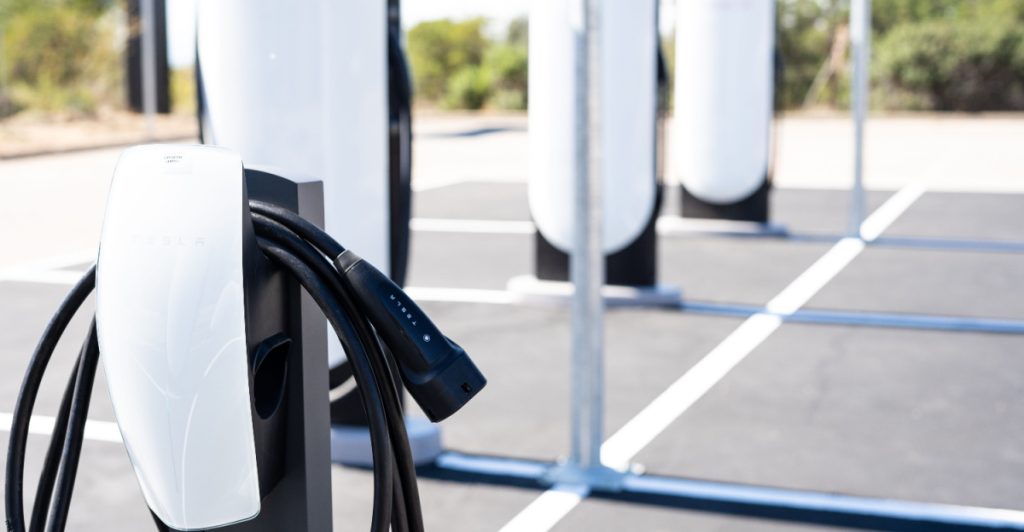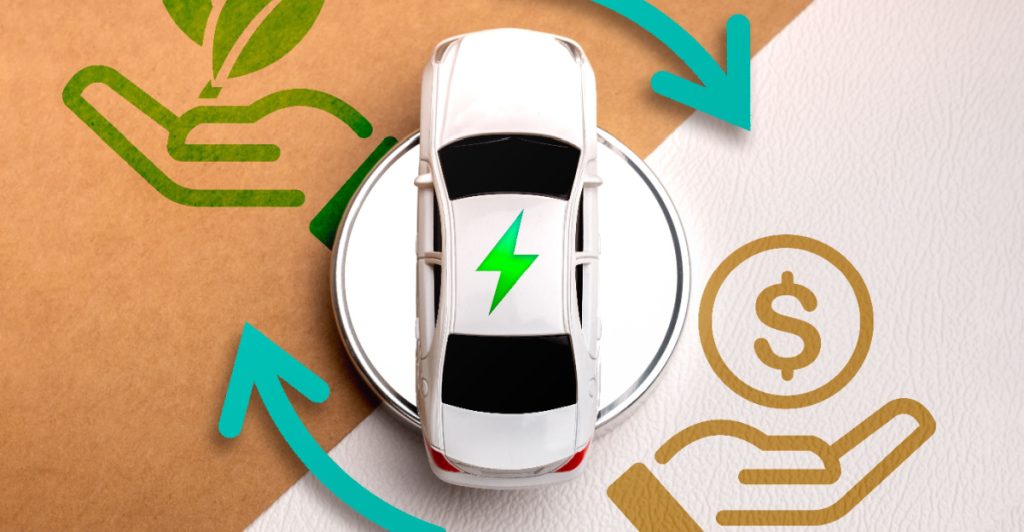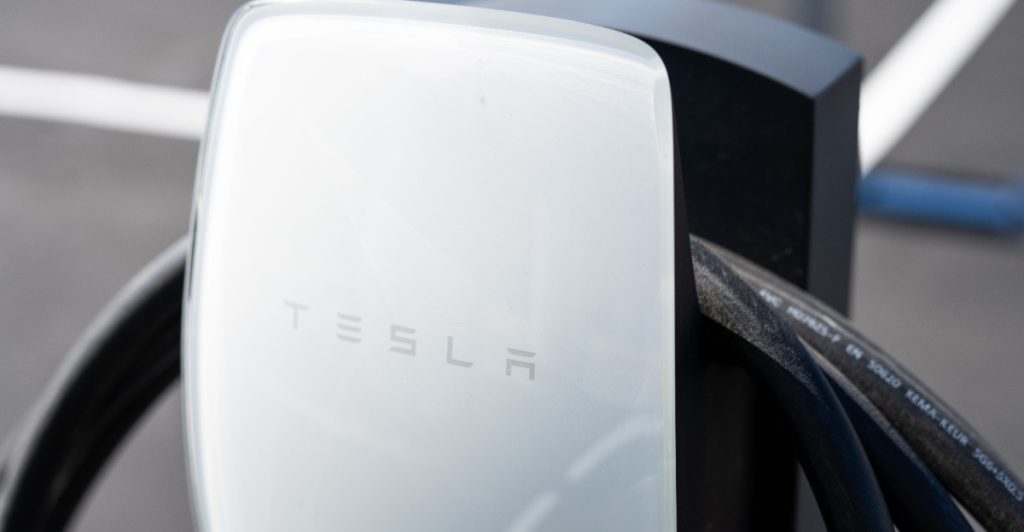Switching to an electric vehicle may seem expensive at first, but real-world owners show that the long-term savings can be dramatic. From fuel and maintenance to insurance and resale value, here’s how Tesla compares to traditional gas-powered cars.
Others are reading now
Real-world comparisons between electric and gas-powered vehicles reveal just how much Tesla drivers are saving. From annual charging costs to five-year ownership totals, the financial case for going electric is stronger than ever.
Fuel savings that add up monthly

Tesla owners report saving up to $200 per month in fuel costs compared to their previous gas-powered vehicles—translating into thousands of dollars over the years.
Charging at home keeps costs low

By using off-peak electricity rates and charging overnight, many Tesla drivers pay as little as $170 per year to power their vehicles—around $14 per month.
Occasional public charging still saves money

Even when factoring in occasional use of public charging stations, annual energy costs for Tesla drivers typically stay well under $300—dramatically lower than fueling a gas car.
Gasoline costs for the same mileage

Driving roughly 13,000 kilometers (8,000 miles) in a conventional car would cost over $3,400 in fuel—more than 10 times the cost of charging a Tesla for the same distance.
Also read
Annual savings in the thousands

The cost difference can result in yearly savings approaching $2,700—an eye-opening figure for anyone considering the switch to electric.
Comparing five years of ownership costs

When comparing a new Tesla to a similarly priced gas-powered vehicle over five years, data shows electric vehicles consistently cost less to own and operate.
Purchase price vs. long-term value

Although EVs often have higher upfront prices, incentives like tax rebates help lower the initial cost. Over time, reduced fuel and maintenance costs help close the gap—and then some.
Maintenance costs stay minimal

Tesla owners typically spend far less on maintenance, with fewer moving parts and no oil changes required. Routine upkeep and occasional repairs remain lower than those of most gas cars.
Charging costs vs. fuel expenses

Over five years, electricity costs to power a Tesla can total as little as $2,250. The equivalent in gasoline could easily exceed $8,000, depending on fuel prices and driving habits.
Also read
Insurance and other operating costs

Insurance rates can vary, but Teslas often benefit from advanced safety features that may lower premiums. Overall, operational costs tend to favor EVs when compared to traditional vehicles.
Total five-year ownership comparison

When all costs are considered—purchase, charging or fuel, insurance, and maintenance—Tesla ownership often comes in thousands of dollars cheaper than comparable gas-powered alternatives.
Is it time to go electric?

From monthly fuel savings to long-term cost reductions, the financial benefits of driving a Tesla are becoming increasingly hard to ignore. For many, the numbers make a compelling case for going electric.


